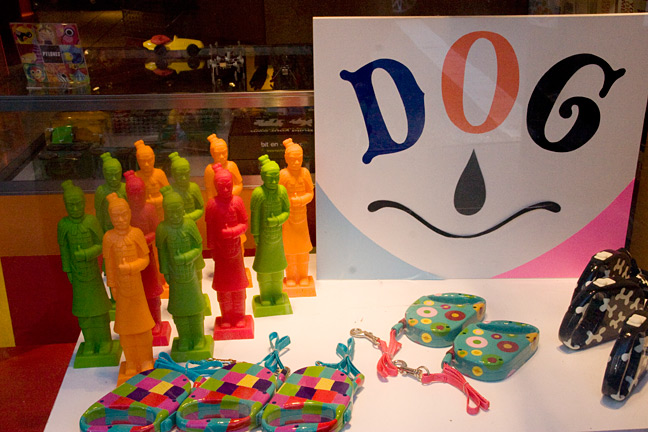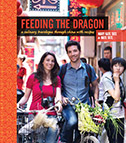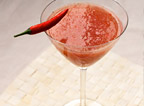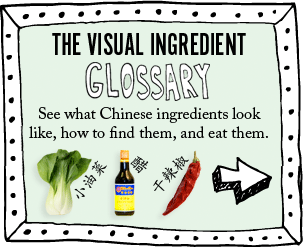terracotta dog toy soldiers

I was window shopping on the Upper East Side last week when I came across these on display at the Pylones store-- rubber dog toy terracotta soldiers in pink, teal, orange, and green! Emperor Qin, the first emperor of China, is probably rolling over in his grave right about now. Over 2,200 years ago he ordered 7,000 life-size terracotta soldiers, horses, and chariots be made and buried with him in his tomb in Xi'an, China. And now those soldiers have been made into bright pink dog toys and are sold for $20 a pop. You can buy them online here. I didn't buy one for my dog because he'd tear it up in a matter of minutes. Dog toys are so expensive these days I wonder if other people's dogs destroy toys as quickly? Of course $20 is a lot cheaper than fixing my patio that Nelson ate.
When I saw the real soldiers in Xi'an I was surprised by the openness of the whole exhibition. I'm not sure it's the same but when we went a few years ago, we were able to walk all around the Tomb of Qinshihuang and walk up near to the soldiers and horses. They appeared to be in the same condition that they were when they were dug up out of the ground. In fact, they're still in the ground. I felt like I was walking around a recent archaeological discovery-- and seeing a sight similar to that of what the local farmers saw when they accidentally stumbled upon the 14,000 square feet tomb while digging a well in the 1970s. It was really an amazing experience. If an ancient treasure like this was found in the U.S., we would put the soldiers behind glass in a temperature regulated room and it would feel more like a museum and less like an ancient tomb.
-mary kate
 around nyc,
around nyc,  culture,
culture,  gifts
gifts 














